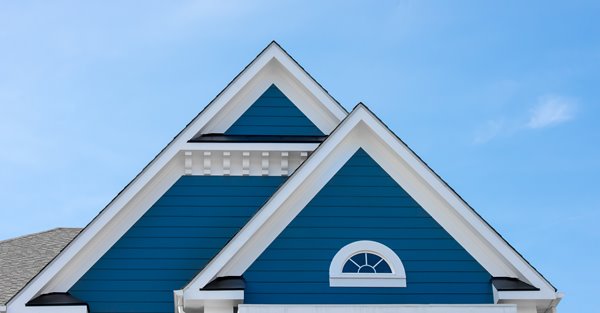Based on your location it seems like you might be looking for the Canadian site.
Would you like to continue, or switch to the Canadian site?
Ventilation Strategies
Ventilation: Strategies to meet code
and build a healthy home
When building a healthy home, ventilation is key
Homes are now built to be more energy efficient, long-lasting, and healthier than ever before. More attention is being paid to the R-value of materials and their chemical composition. We also need to give great attention to how homes are ventilated. Sure, code drives much of that attention but concern for the comfort and health of homeowners is also highly influential. When building or remodeling a home, putting together a great ventilation strategy starts with fresh air.

Spot (Local) Ventilation
Spot ventilation pulls polluted air out of a specific area of your home making room for fresh air. In this case, we’re speaking specifically about bath fans and kitchen range hoods that exhaust bad air to the exterior of the house. Bathrooms and kitchens produce a high amount of air pollution from excess humidity to cooking fumes and off-gassing. By taking that polluted air out of the home, it depressurizes the house and makes room for fresh air to make its way in.
Whole-Home Ventilation
Whole-home ventilation constantly removes stale air and brings in fresh air for the entire home. Homes today are built to be very airtight for efficiency, so there is less fresh air naturally coming in through small gaps and holes. Whole-home ventilation solves for that by consistently cycling in new, fresh air.
There are three basic ways to achieve whole home ventilation.
- Exhaust – Typically, a quiet, efficient bathroom fan is set to run continuously at a minimum CFM, thereby drawing stale air out of the home which is replaced naturally.
- Supply – Fresh air from outside is pushed into the home, often with a dedicated supply fan ducted into the HVAC return trunk. These fans contain filters and can often offer high level MERV filtration to clean the air before it comes into the home.
- Balanced – The healthiest and most energy efficient solution, balanced ventilation both exhausts stale air and brings in fresh air. The two best options are HRVs (heat recovery ventilators) and ERVs (energy recovery ventilators). Both systems have two fan mechanisms: one for outbound air and one for inbound air. Both HRVs and ERVs pass the two airstreams through an air exchange core. HRVs transfer the heat lost during the air exchange and ERVs transfer both the heat and humidity levels.
Keep these fresh ideas in mind when designing your next build.
